Water is essential for our existence. Thus, ancient civilizations were established around great rivers. In modern society, water is equally essential. Water and sewage services make our life comfortable, and water for agricultural and industrial purposes enables various production activities. Now, we are looking to water as a solution to the challenges that our social systems are confronting. The Graduate School of Frontier Sciences is aiming to find a novel value of water for better social systems.
1. Multidimensional Relationship Between Water and Social Systems
Mesopotamian, Egyptian, the Indus, and the Yellow River civilizations started around great rivers thousands of years ago. The watershed of a big river is blessed with abundant water. Flood control and irrigation technologies have brought a rich harvest in these regions. Gradually, more and more people have gathered in these regions and established a state; religions and art have also been developed here.
One way to comprehend human history is to understand the history of water use. Water supports the fabric of our life, although our society is becoming highly developed and increasingly complex. In academia, topics around water are researched in several fields: “irrigation” in “agriculture and civil engineering,” “flood control” in “river engineering,” “coastal management” in “ocean engineering,” and “water supply and sewerage” in “urban sanitary engineering.” Meanwhile, municipalities and industries independently develop infrastructure, products, and services in their fields. The three sectors of academia, business, and government are likely to work in their domains depending on their awareness and standpoints of the issues while keeping distance from the other sectors. Nevertheless, this working-in-silos situation is seemingly at its limit now.
“The relationship between water and society has many risks of unexpected troubles if you are not aware of the other sectors’ perspectives than yours,” highlights Professor Hiroyasu Satoh from the Department of Sociocultural Environmental Studies. “For example, if a dam is built at the upper reaches for disaster prevention or flood control, the coastline may erode because of loss of earth or farmed seaweeds may lose colors because of the excessively advanced wastewater treatment.”
Water multidimensionally affects the social systems. Consequently, cooperation over the boundaries between the sectors is becoming essential. We may have lost the opportunity to touch or be conscious of the natural water sources living in neatly maintained comfortable urban spaces. “That is why it is difficult to reconsider the relationship between water and social systems.” says Professor Mayumi Fukunaga from the Department of Sociocultural Environmental Studies. “As the flood control and waterworks and sewage systems improved, our life became safer and more convenient, but that makes us less sensitive and conscious about water. We need to mind water circulation again, and everyone involved needs to share the same policy of treating and dealing with water.”
The value of water is now gathering attention as a strategy for solving various issues the modern social systems face, such as the COVID-19 pandemic. In the Graduate School of Frontier Sciences (GSFS), research for revaluing the relationship between water and the social system is promoted based on conventional academic fields. Let us learn more about a study performed in the GSFS.
Note:In the United Nation’s SDGs, the word “water” appears only in Goal 6, “Water and Sanitation.” Nevertheless, water matters for all SDGs, such as urban activities, food production, and energy production and consumption. Floods have been recently increasing in Japan. Meanwhile, droughts are increasing in the other parts of the world and water sanity problems remain in developing countries. We must imagine the whole picture of water issues to estimate future influences in our life.
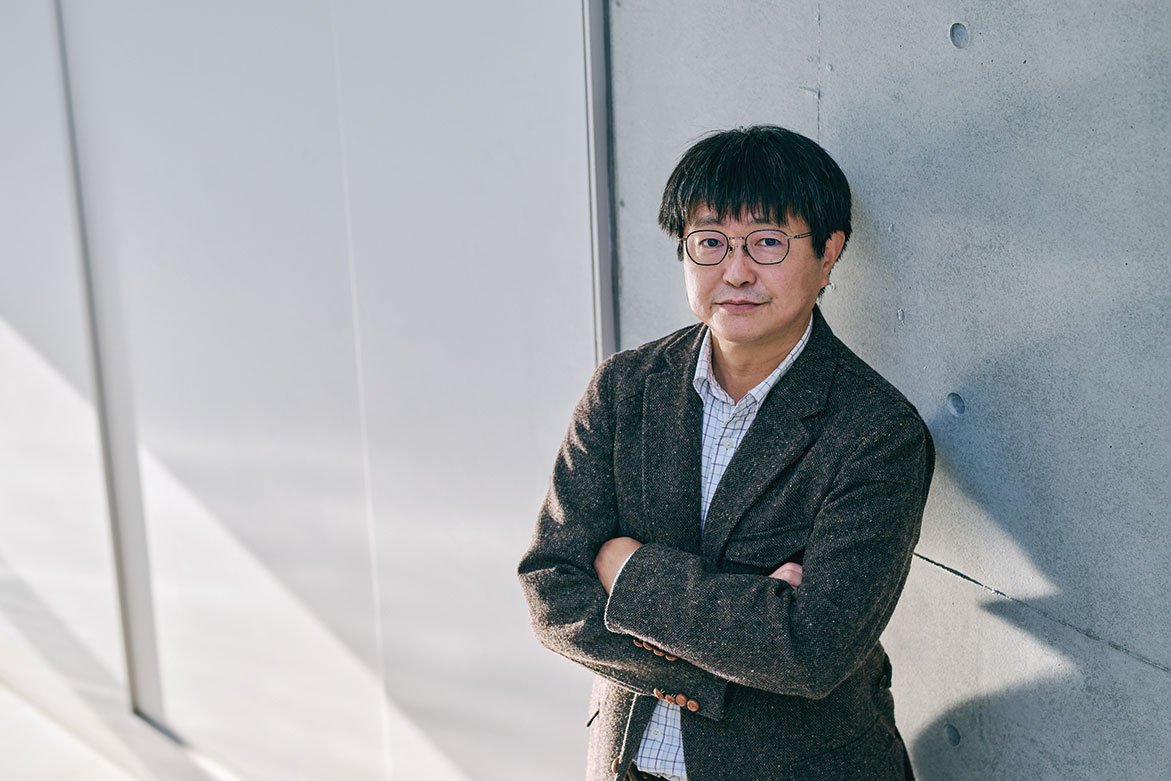
The relationship between water and society will continuously be changing.
Supervisor of Cover Story
SATOH Hiroyasu
Professor
Department of Socio-Cultural Environmental Studies
WATERS AROUND THE KASHIWA CAMPUS

Gorokuro
There are several waters around the Kashiwa Campus. Imagine the relationship between your life and water.
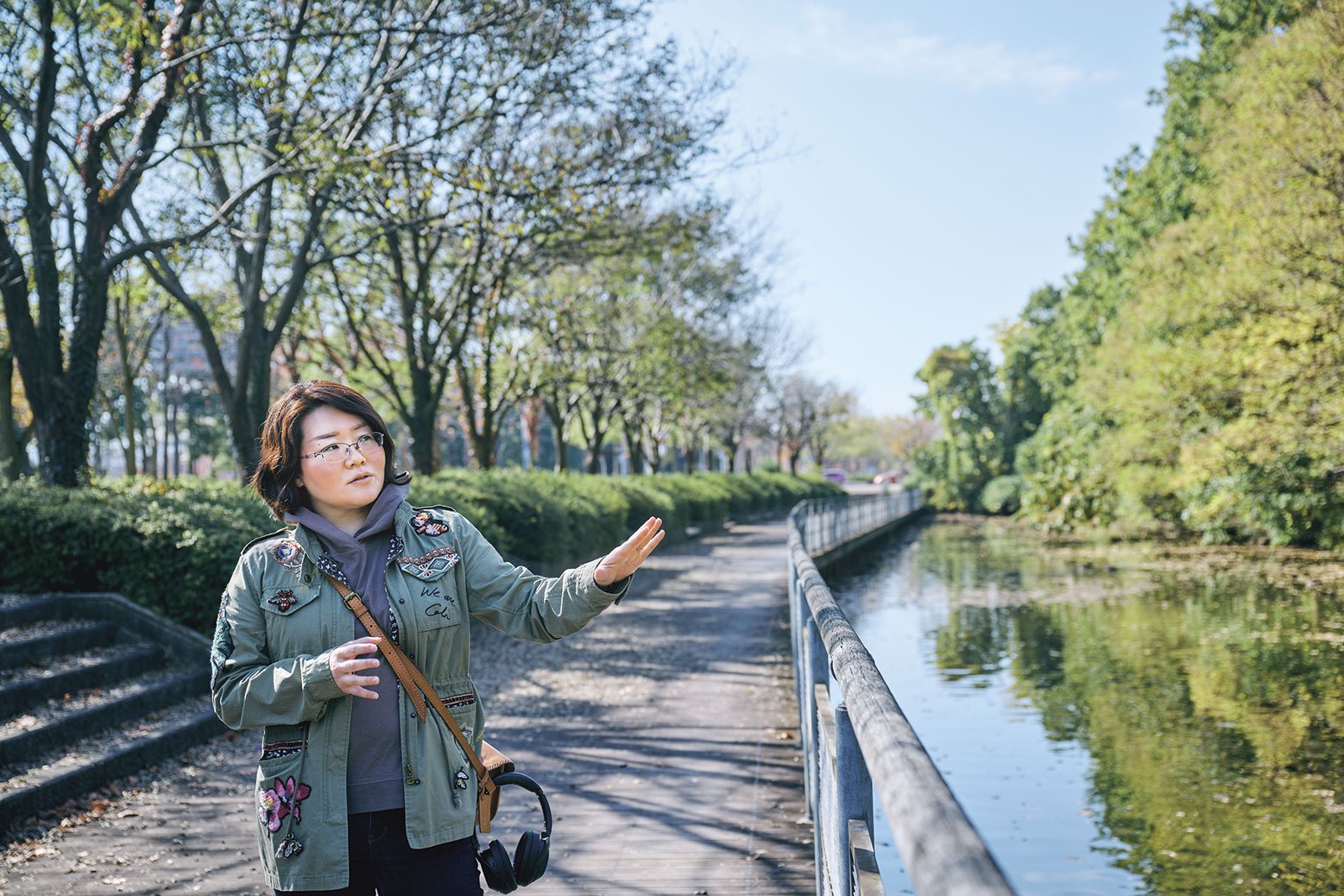
A. Gorokuro Ike (Gorokuro Pond)
Gorokuro Ike*1 is an artificial pond located near the main gate of the Kashiwa Campus. The pond’s name was selected from a public contest, and the name originates from the idea that the pond is a younger brother of the Sanshiro Ike (Sanshiro Pond)*2 in the Hongo main campus. The official character of the Kashiwa Campus, Gorokuro, is known to be a habitat of this pond.
*1&*2: “Go-roku” means “five and six” in Japanese, whereas “san-shi” means “three and four.” “-ro” is typically used for a part of a boy’s name. As the numbers “go-roku”(five and six) follow “san-shi,” “Go-roku-ro” sounds like a younger brother of “San-shi-ro.”
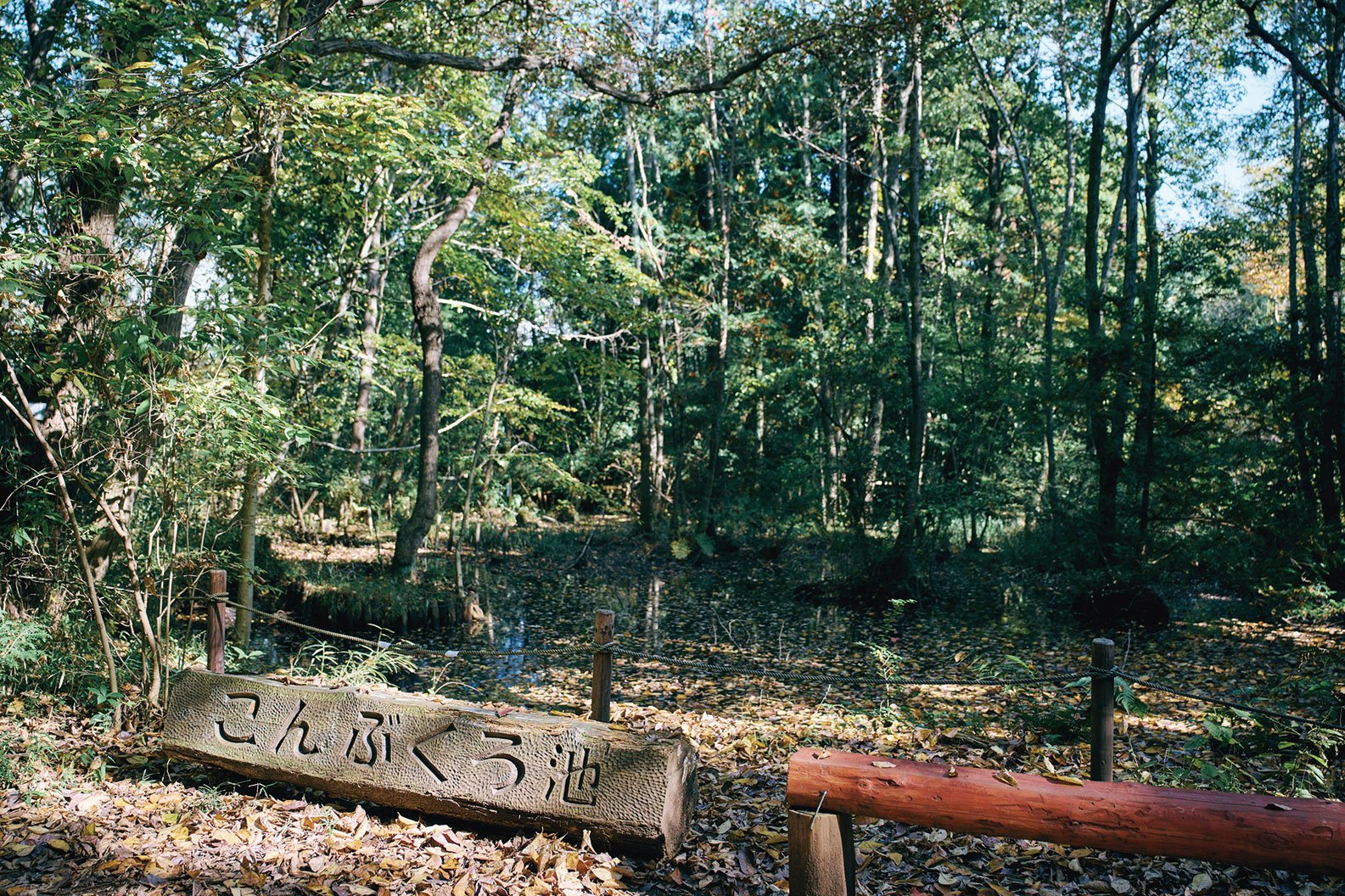
B. Kombukuro Ike (Kombukuro Pond)
The Kombukuro Pond, Natural Museum Park, is named after the spring “Kombukuro Ike (Kombukuro Pond),” a 10-minute walk from the Kashiwa Campus. Kombukuro signifies a gunny sack for rice and beans. The spring water of the pond was previously used for farming and is the natural source of the Tega-numa (Tega Swamp) via the Ohori River. The 18.5 ha land of Kombukuro Park is a habitat for rare plants and animals. It is a precious natural environment that remains in urbanizing Kashiwa City.
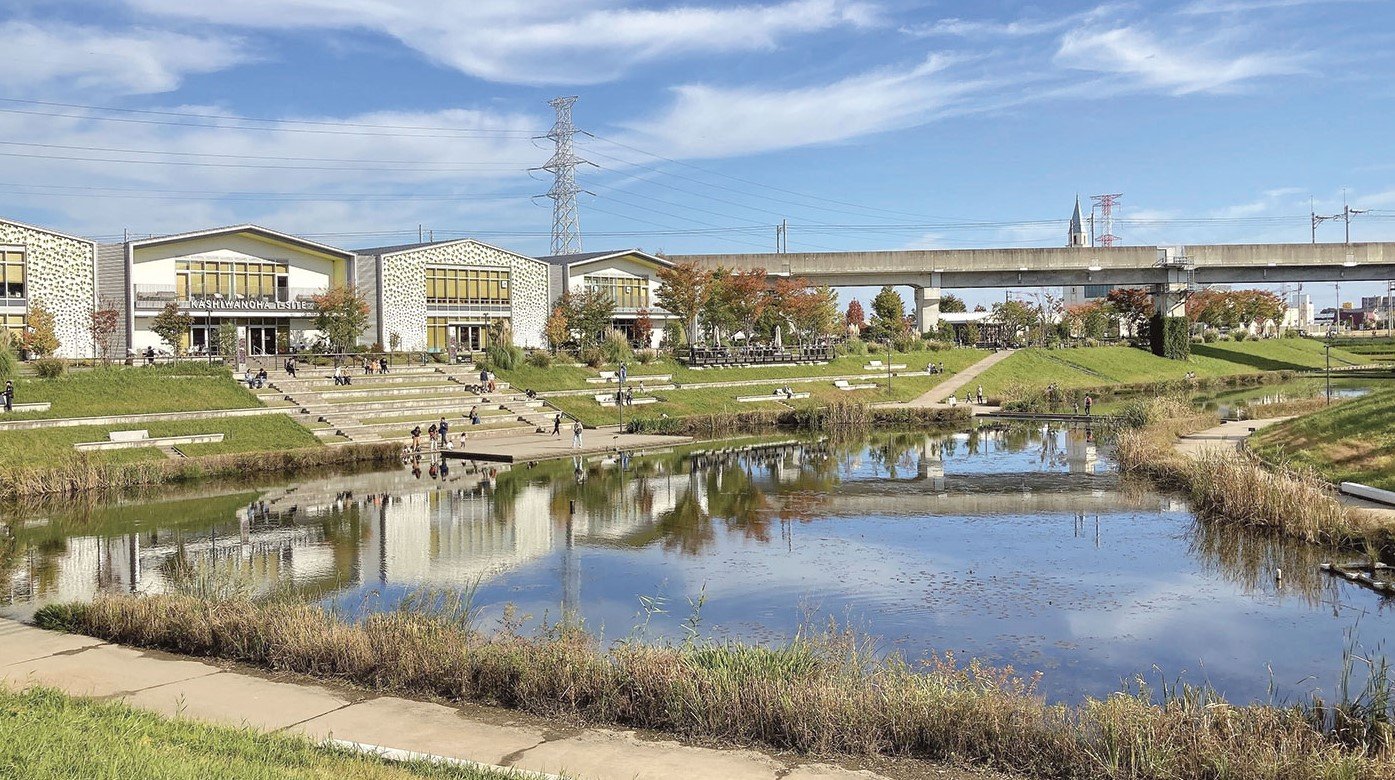
C. Kashiwa Aqua Terrace (No. 2. North Reservoir)
Kashiwa Aqua Terrace is the center of the Kashiwa-no-ha Innovation Campus, extending north from the Kashiwa-no-ha station. It was originally built as No.2 North Reservoir to avert the outflows of rainwater by sudden local downpours and was later redeveloped into an open public space for citizens to access water.
2. Research at the GSFS on Water and Social Systems
Research on the relationship between water and social systems comprises broad fields and is complexly intertwined. Natural science and engineering techniques that are increasingly subdivided into specializations require integration. The perspective of humanities is required as well. This very “Transdisciplinary Approach” is what the GSFS boasts. In fact, there are numerous researches conducted in the school.
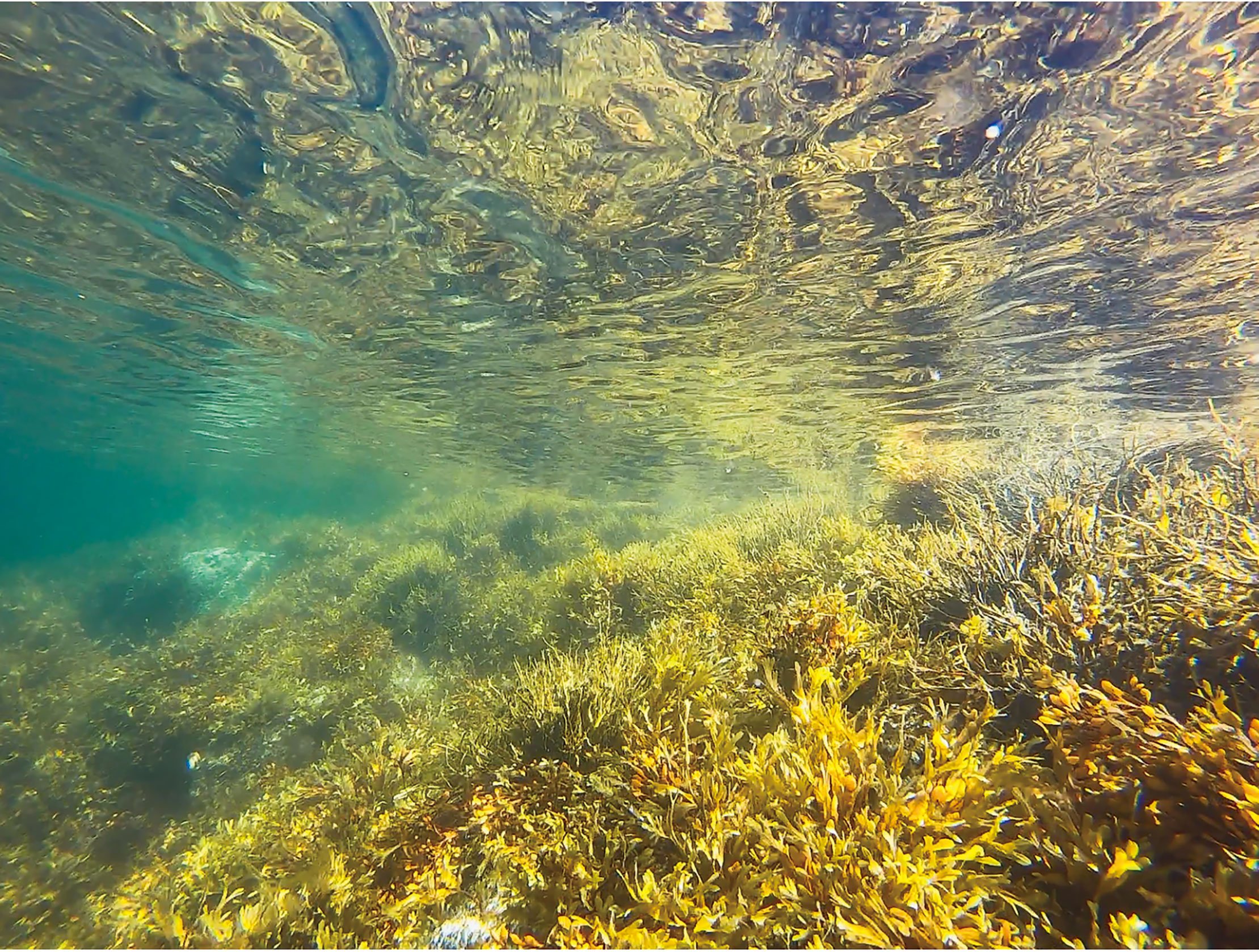
- Improving Rice Farming Efficiency and Disaster Prevention by Paddy Fields: Automation of Water Supply and Drainage of Paddy Fields
- Capturing Carbon in Coastal Areas: Potential of “Blue Carbon”
- Epidemiological Survey of the Infection State by Sewage: CoV-2 Genome Analysis
- Decentralized Sewage Treatment System: In-Sewer Purification Technology
- Highlight the Water Circulation and Consolidate “Watershed Governance.”
1. Improving Rice Farming Efficiency and Disaster Prevention by Paddy Fields: Automation of Water Supply and Drainage of Paddy Fields
Seventy percent of the water resources are used by humans for agriculture. Following the Intergovernmental Panel on Climate Change’s climate change prediction for the food production systems, if the temperature in tropical areas elevates by 1℃–2℃, agricultural productivity will decline, and the risk of famine will increase. “Shifting to eco-friendly agricultural production systems by developing water shortage evaluation tools based on the soil-water-plant model, technology to monitor crop growth and groundwater, and environment-adaptive farming methods is very important to alleviate these problems,” says Professor Koshi Yoshida.
Professor Yoshida is an expert in agricultural water management. He has conducted several projects worldwide. One of his projects is to examine the efficiency of water saving and environmental load reduction using real-time water management with an automatic irrigator. Automatically irrigating the paddy fields with only the required amount of water saves over 50% of water compared to continuously irrigating. In addition, it mitigates surface drainage; consequently, the nutrients runoff into the downstream environment is reduced. To spread automatic irrigation systems, it is important to eradicate the skepticism of farmers against automated irrigation systems by presenting the assistance of ICTs, such as smart sensors and web cameras.
Professor Yoshida began research on the automatic drainage systems using paddy fields in the fall of 2022 which concerns the government’s River Basin Disaster Resilience and Sustainability by All policy. “We are trying to prevent river overflow by draining the ponding water in advance to increase the water storage capacity of the paddy fields based on the forecast of heavy rain,” says Yoshida. His new attempt at flood damage prevention using agricultural water control has already been initiated.

Drone monitors temperature and water stresses that affect plant growth.
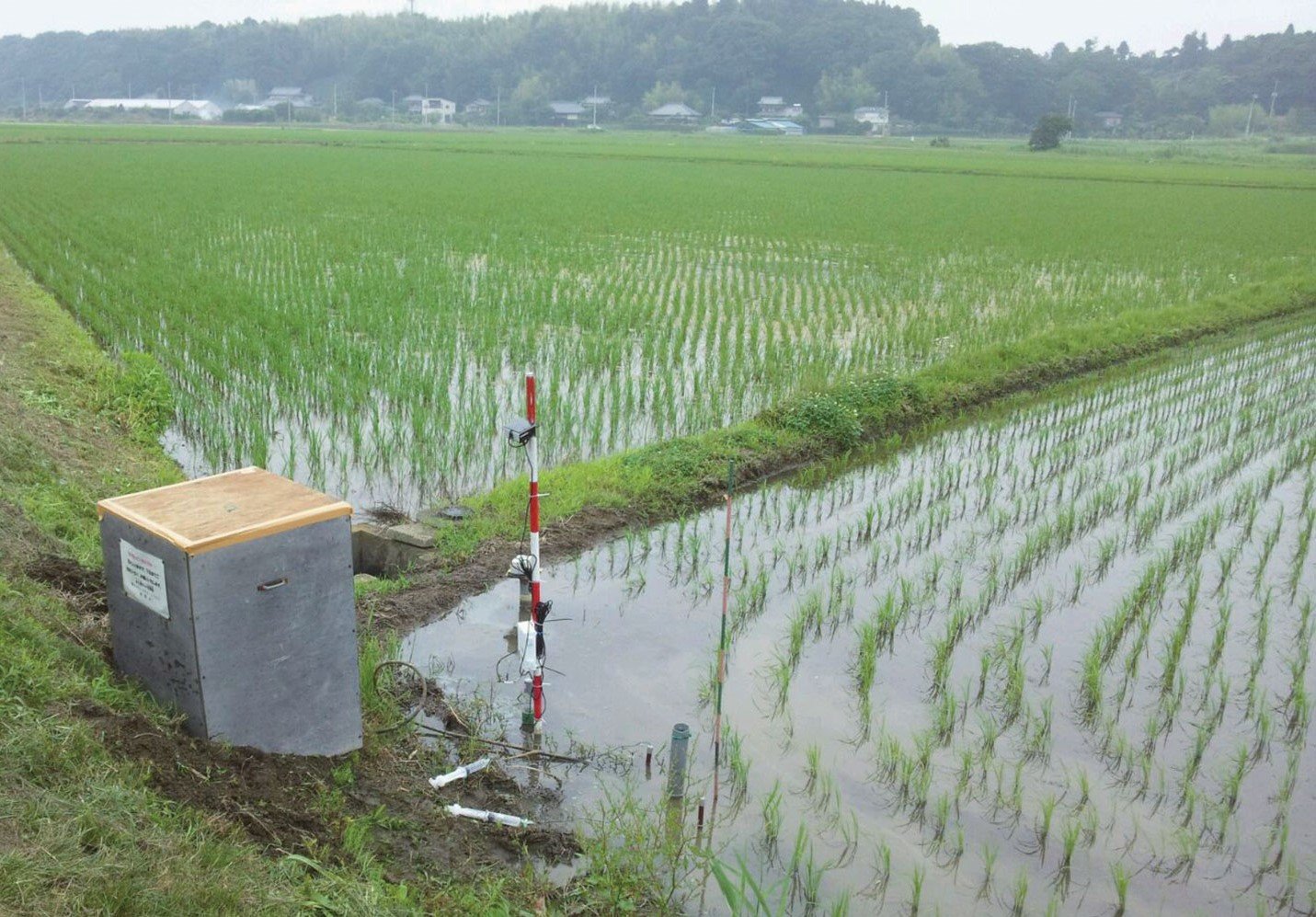
Automatic water sampling system in a paddy field
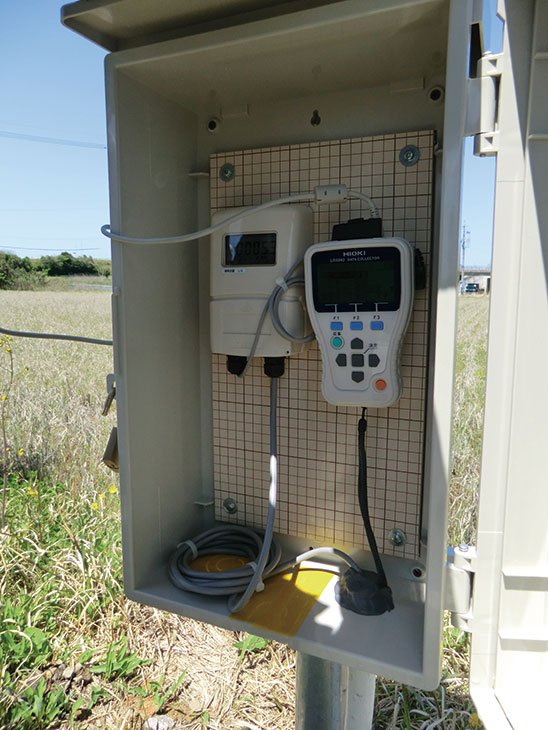
Data logger
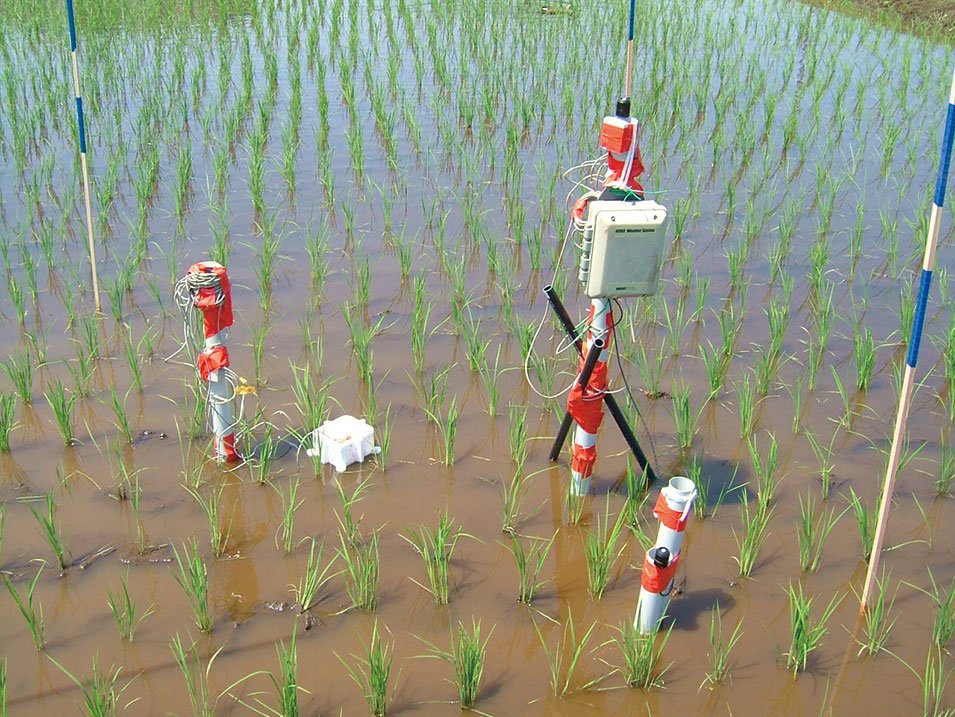
Water level and water temperature sensor
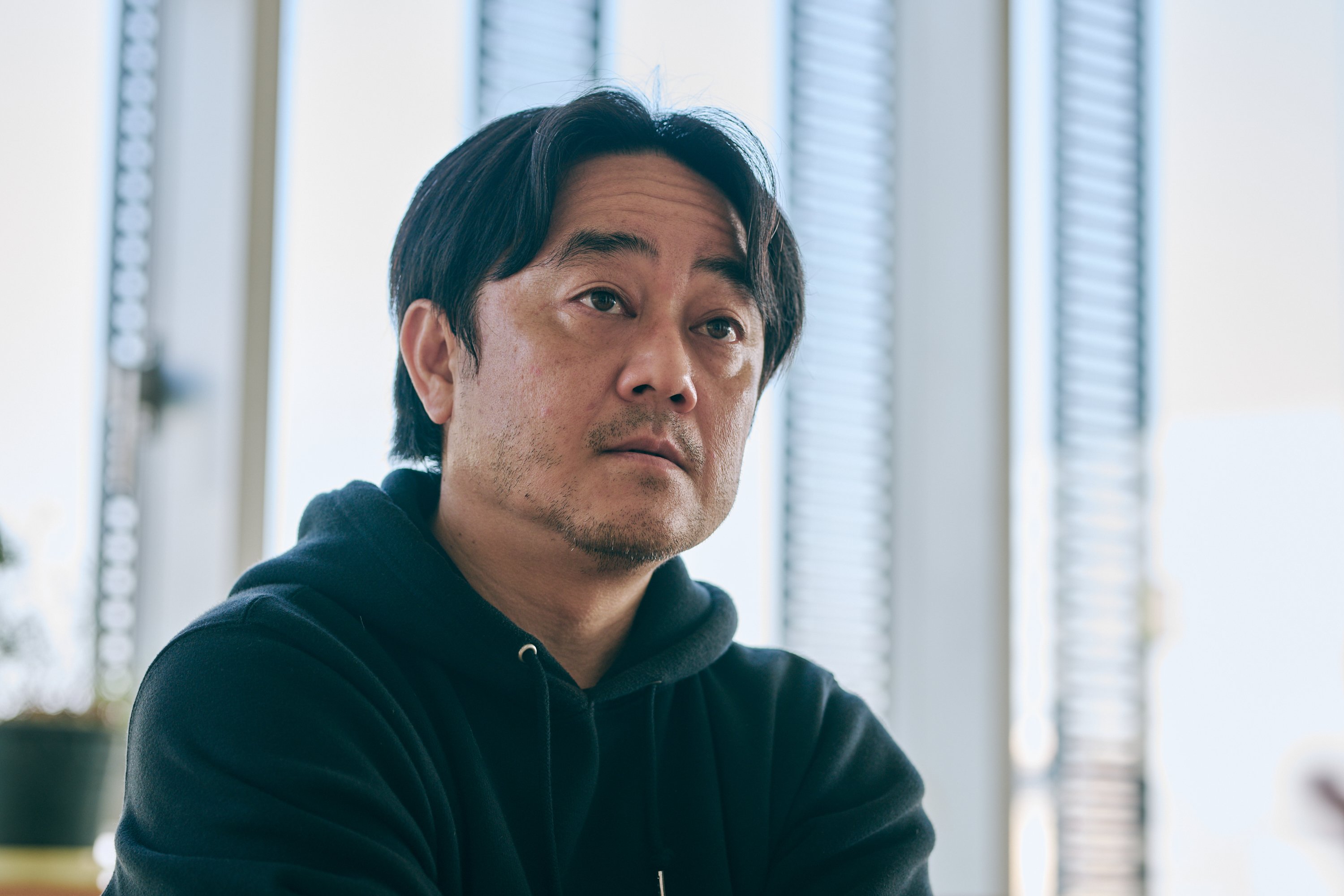
YOSHIDA Koshi
Professor
Department of International Studies
2. Capturing Carbon in Coastal Areas: Potential of “Blue Carbon”
Professor Jun Sasaki pursues transdisciplinary research specializing in coastal engineering according to civil engineering (infrastructure studies). His research ranges from water quality and marine ecosystems to coastal management, aimed at building and rebuilding safe, beautiful, and rich coastal zones. He now investigates the practical use of “blue carbon.” Blue carbon is carbon captured and stored in the marine ecosystems: seagrass meadows (e.g., eelgrass or Zosteraceae) and seaweed beds (e.g., kelp and wakame), wetlands, mudflats, and mangroves. The term “blue carbon” was coined in the United Nations Environment Program in 2009. As the ecosystems absorb carbon dioxide (CO2) through photosynthesis and generate organic matter, which will be stored in the sediments or the deep ocean, blue carbon is assumed to have a function in mitigating CO2 concentration in the atmosphere.
“Some countries are referring to blue carbon as a solution for climate change. Japan has also been discussing how much blue carbon can absorb CO2, how to evaluate blue carbon, and how to use it practically. Our field, Tokyo Bay, has an anoxic water problem and other water quality problems. Its aquatic animals and plants are dwindling as well. Based on the evaluation of the carbon storage function of seagrass and seaweed beds and the carbon circulation process, we aim for the mutually beneficial effects of enhancing blue carbon functions and revitalizing the Edomae seafood (fresh seafood from Tokyo Bay),” says Sasaki. He is also involved in the Public–Private Cooperation Forum for Tokyo-Bay Restoration as the Habitat Creation Project Team leader. His activities are not limited to academia.
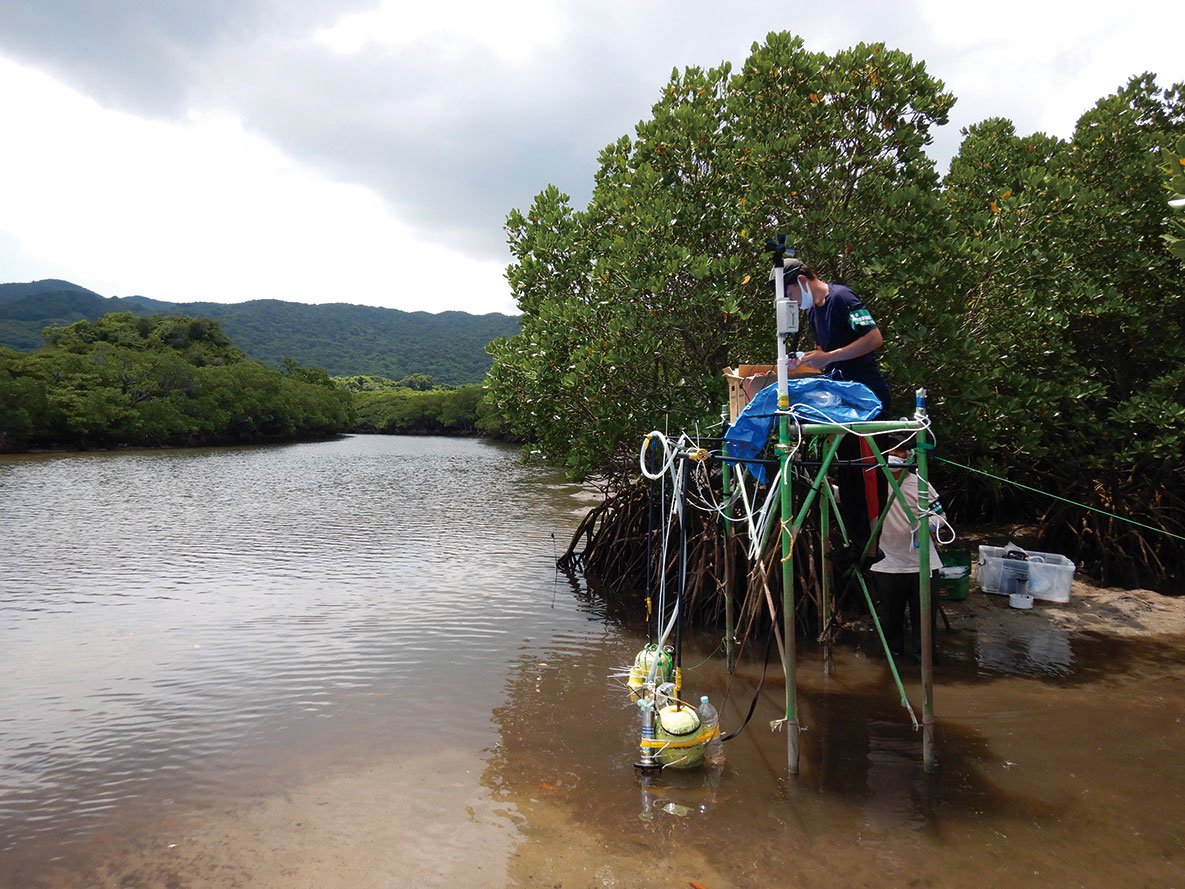
Fieldwork in the Hukido River surrounded by mangrove forests on Ishigaki Island, Okinawa (Sasaki Laboratory)

Records of longtime fieldwork
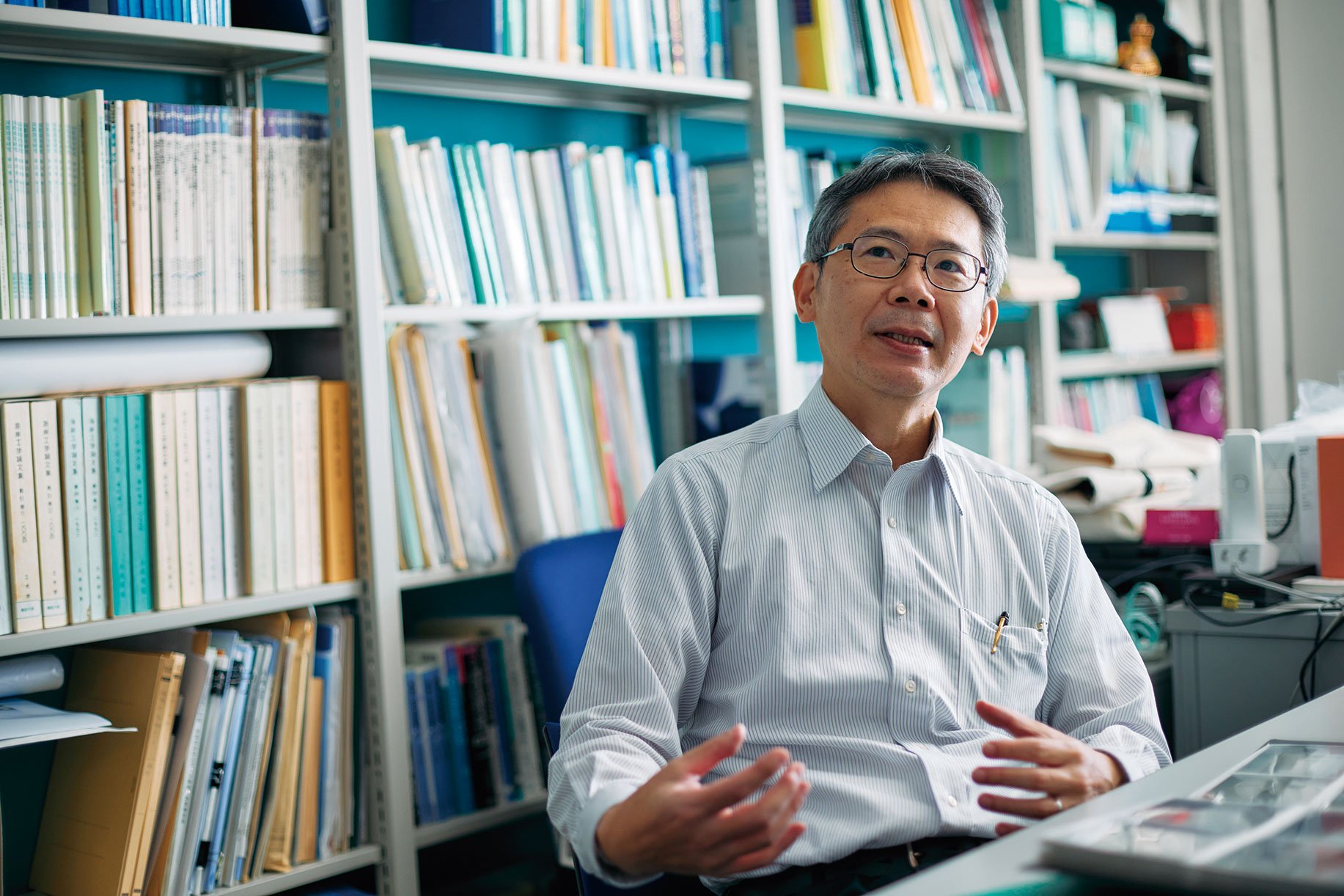
SASAKI Jun
Professor
Department of Sociocultural Environmental Studies
3. Epidemiological Survey of the Infection State by Sewage: CoV-2 Genome Analysis
Professor Yutaka Suzuki from the Department of Computational Biology and Medical Sciences and his laboratory members evaluated various cancer genomes using a genetic nucleus acid sequence analyzer, Japan’s largest next-generation sequencer. During the COVID-19 pandemic, possessing the device, knowledge, and experiences, they attempted to analyze the genome of SARS-CoV-2 to monitor the corona infection status of the communities within and outside the university.
“First, we analyzed genomes in the sewage tens of times from November 2022 at places where students spend a long time together, such as dormitories, to secure a safe, educational and research environment,” reflects Suzuki. “We could figure out the number of the infected by the unconcentrated samples of the running sewage that was undiluted by rainwater at facilities accommodating 50–100 people. We cooperated with Kashiwa City and analyzed a hundred samples a day offered by medical institutions in the city. As a result, we could survey a significant number of COVID-19 variants.”
This survey is not aimed at detecting infected people such as PCR, rather it is an epidemiological survey. It is more like a “blood test of society.” Nevertheless, it seems effective enough to help avoid cluster occurrences. Professor Suzuki and his team consider conducting analyses at offices and commercial buildings next. “I realized how important people-environment interactions are for the practical use of genome analysis through this experience.” Suzuki is sure of new research possibilities.
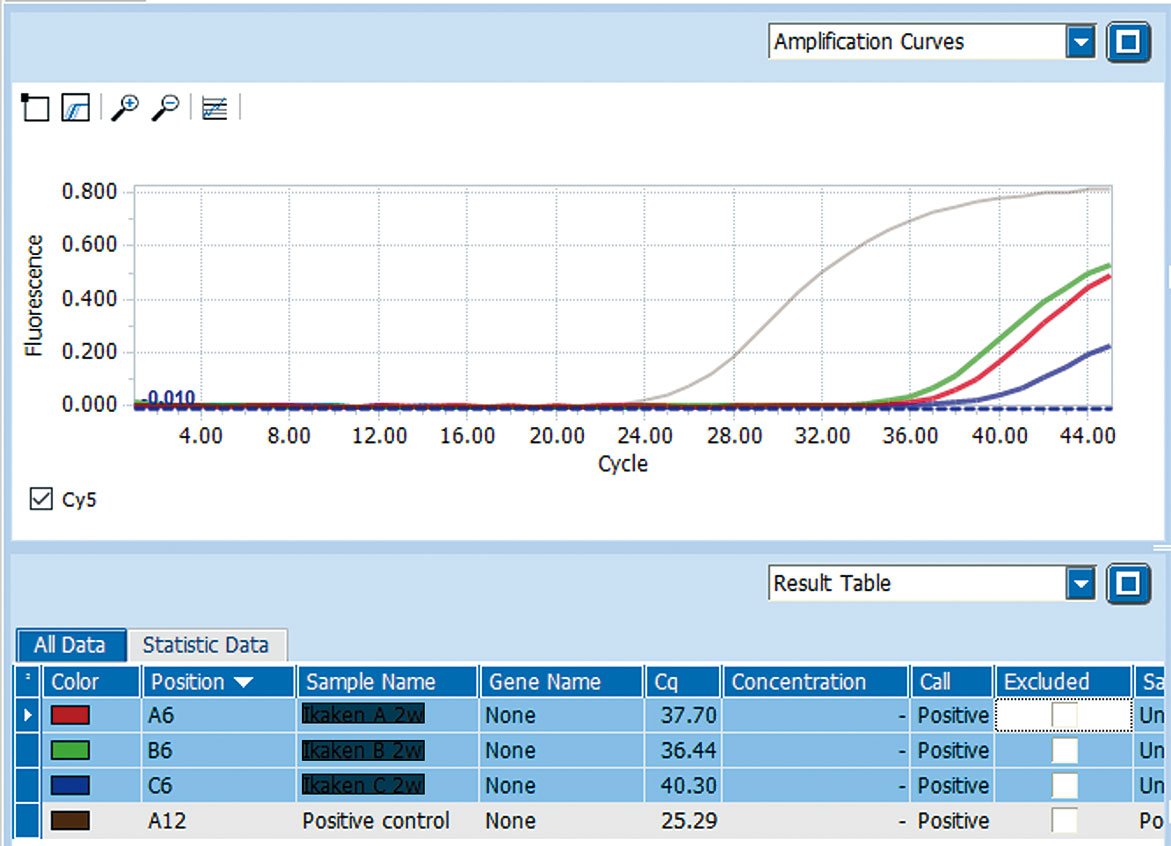
Analytic data of the genomes in the sewage
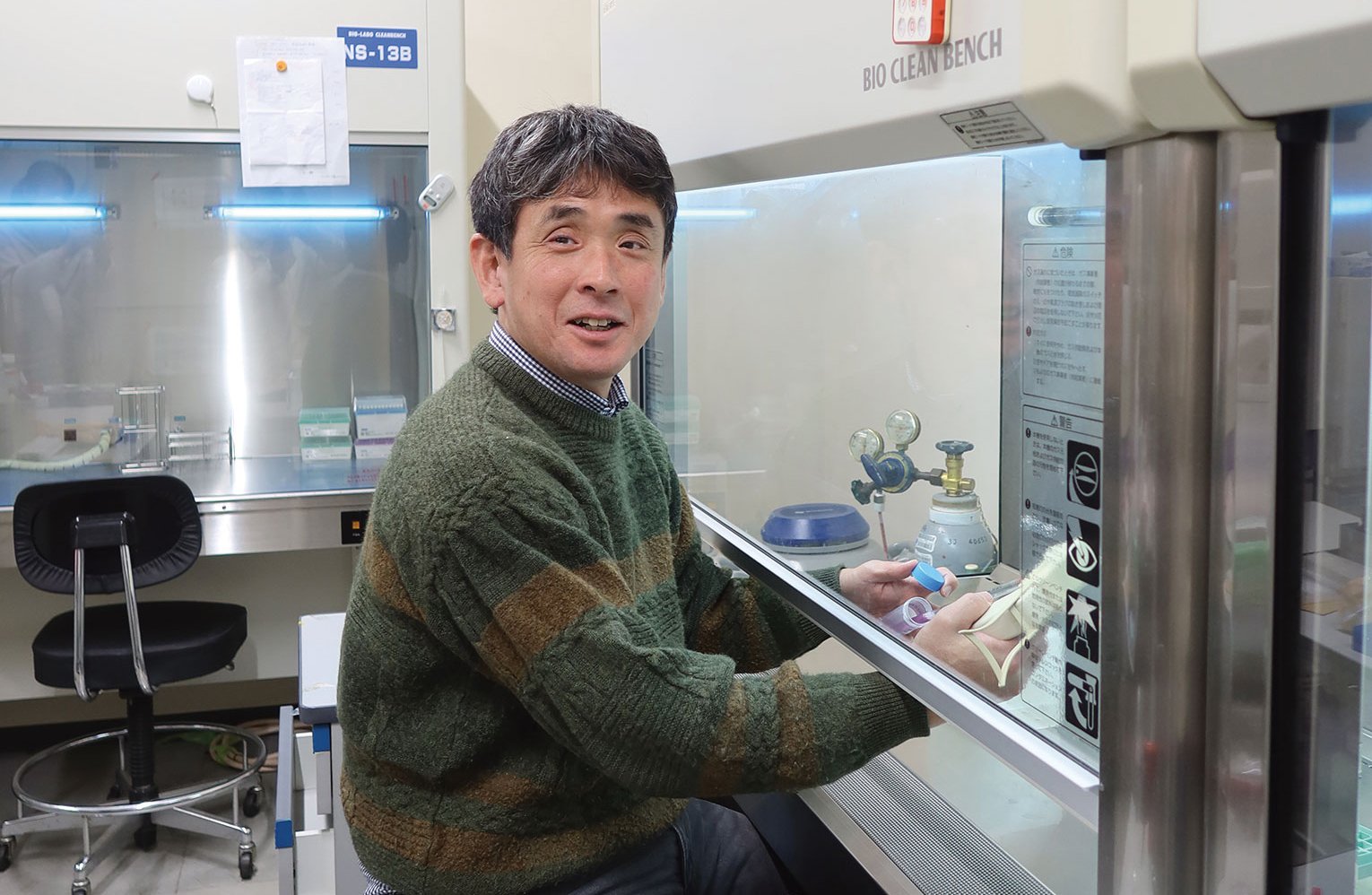
SUZUKI Yutaka
Professor
Department of Computational Biology and Medical Sciences
4. Decentralized Sewage Treatment System: In-Sewer Purification Technology
The sewerage system has been developed since around 50 years ago in Japan. The current average diffusion rate of sewerage accounts for more than 80%. Alternatively, the existing facilities are decaying. Given the decreasing population, these must be enhanced to be more sustainable. To resolve this issue, Professor Hiroyasu Satoh aims to improve in-sewer purification technology.
“The current sewage system comprises sewer pipes and treatment plants. Sewage from vast areas goes down in pipes, and plants treat sewage flowing into them through those pipes. Sewage should flow in pipes without a blockage or suspension. But in fact, pipes have self-purification capacities similar to natural rivers. We are enhancing this function to finish most of the purification treatment inside pipes before reaching plants. Although we are trying to identify the basic functions with small-size prototypes in the laboratory now, we believe that enhanced in-sewer purification technology will contribute to simplifying the functions of the end-of-pipe sewage treatment plants drastically in the future.” says Satoh.
If sewage can be purified in pipes to some extent, the reuse of purified water and nutritive salts, namely, nitrogen and phosphorus, will become easier in small plants interspersed in areas. Furthermore, this cost-effective system will aid in the spread of sewerage systems abroad, particularly in developing countries.
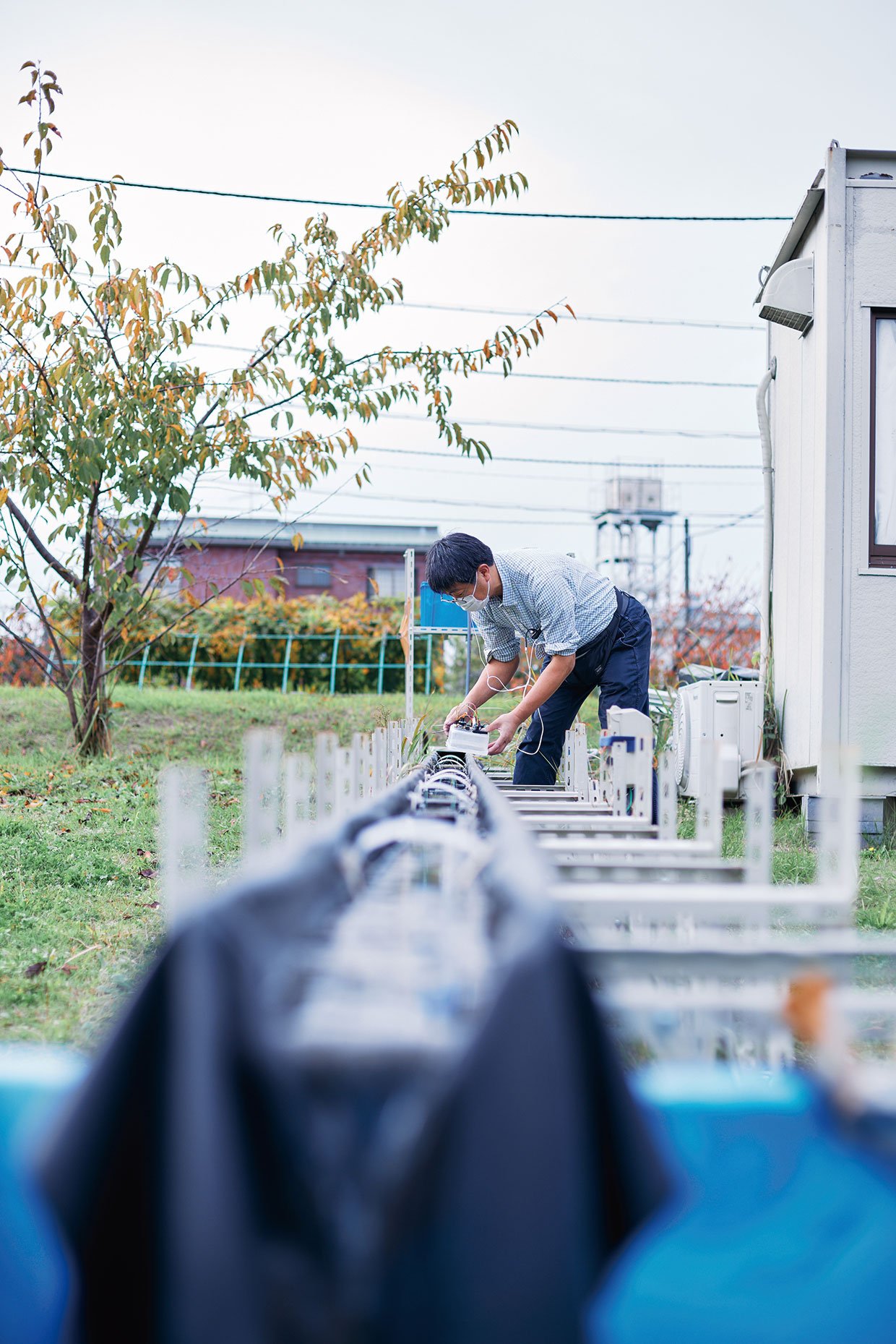
Experimental equipment set at the site of the sewage terminal treatment plant
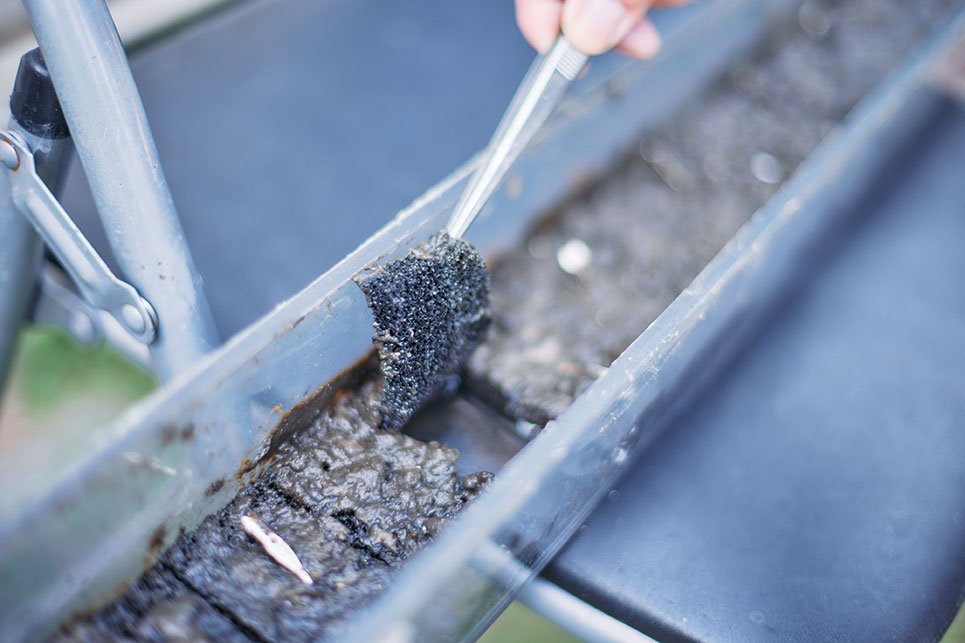
Filling sponge-like purification materials in the pipes
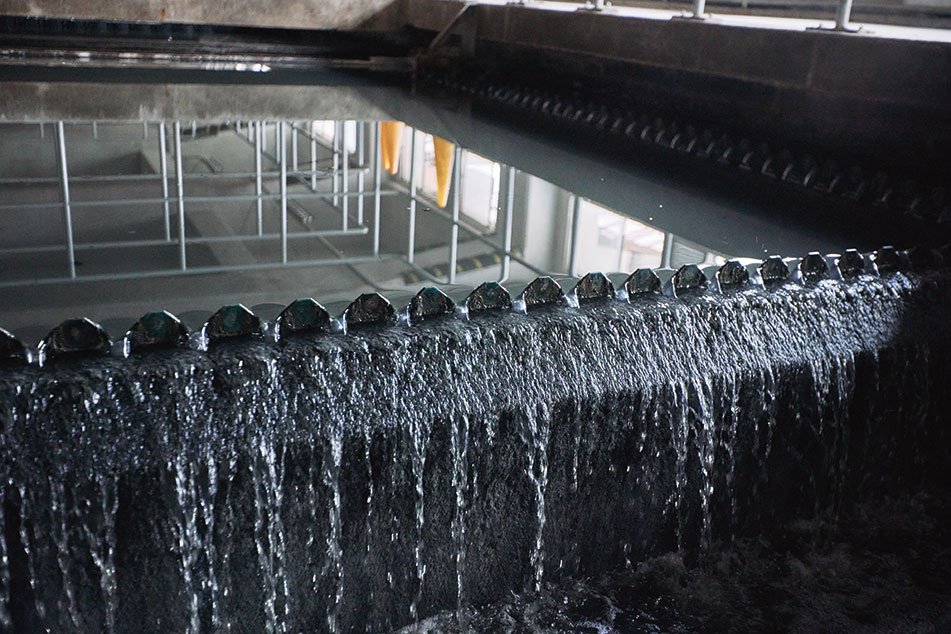
Sugano Terminal Treatment Plant in Ichikawa City, Chiba
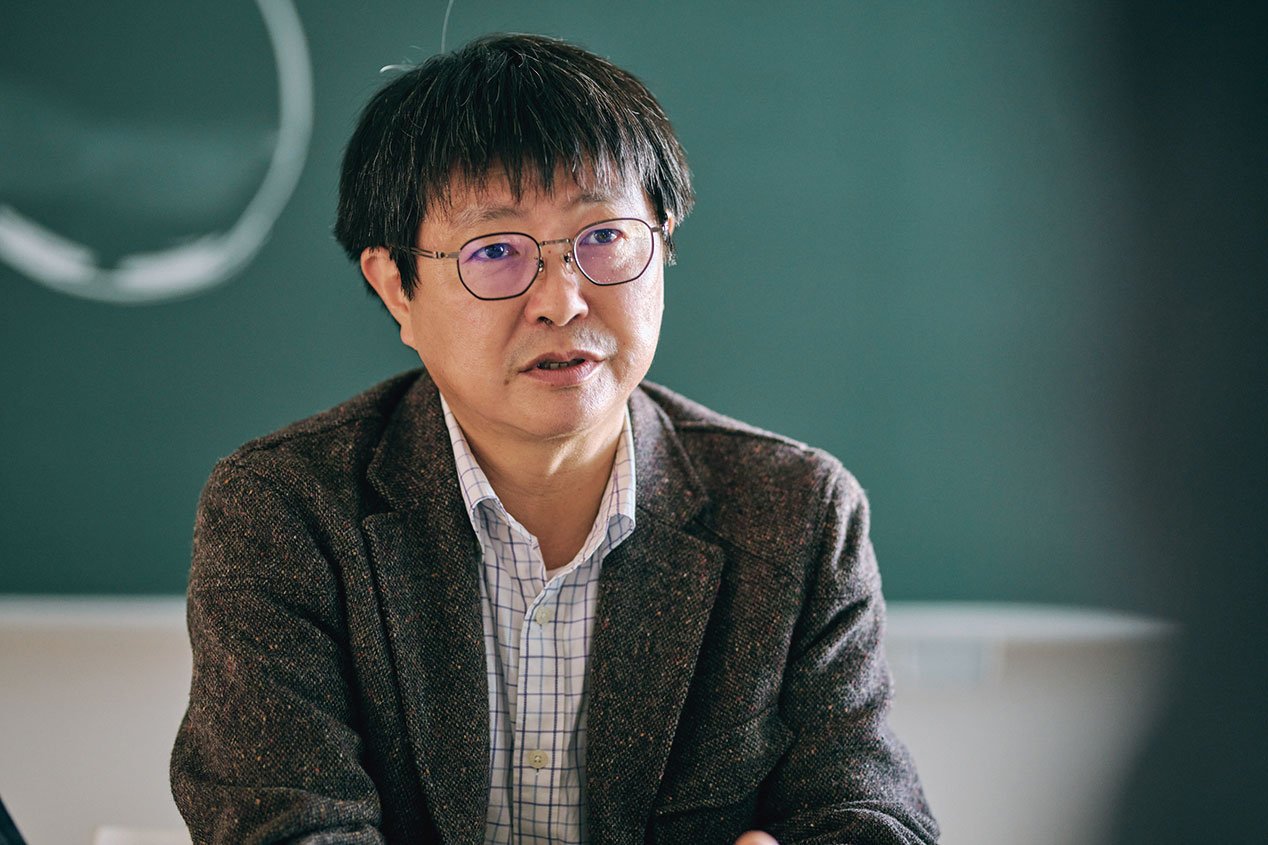
SATO Hiroyasu
Professor
Department of Socio-Cultural Environmental Studies
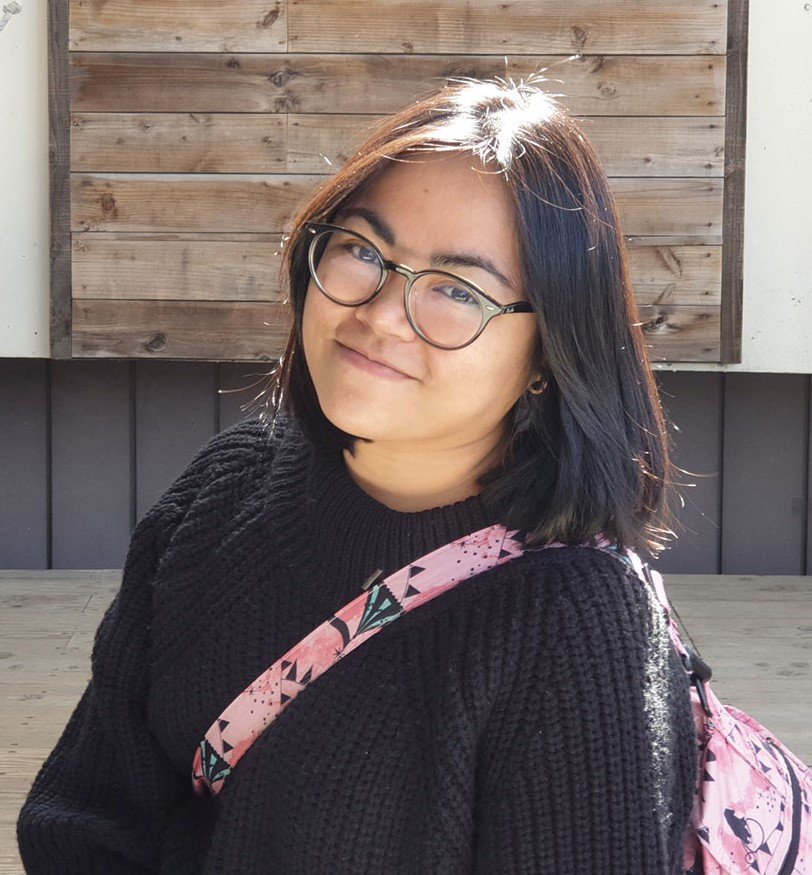
Tiffany Joan Sotelo
Assistant Professor
University of the Philippines Diliman
My Goal is to Improve Wastewater Management in the Philippines
I studied at Professor Satoh’s laboratory for 5 years from 2016, where I focused on developing enhanced in-sewer purification technologies. I was able to win the ORGANO Doctoral Research Award 2021 from the Japan Society on Water Environment for this research. I now teach analytical chemistry at the graduate and undergraduate levels in the Institute of Chemistry at the University of the Philippines Diliman. I plan to continue my research on domestic wastewater management and enhanced in-sewer purification technology with Professor Satoh’s team.
In the Philippines, wastewater management is largely developed only in urban centers, like Metro Manila. I feel that we also need to develop the wastewater management system in the peripheral areas. I believe that my research will contribute to this goal.
5. Highlight the Water Circulation and Consolidate “Watershed Governance.”
Associate Professor Mayumi Fukunaga is a specialist in environmental sociology and ethics. She researches the relationship between humans and nature through sociological fieldwork. She focuses on the values, norms, resource use systems, knowledge, technology, keywords, and terminologies of the human–nature relationship. “Environmental sociology of watershed is one of my research topics. I conduct fieldwork mainly in those areas and try to figure out how watershed governance should be conducted considering the history of how local people have lived with the rivers,” says Fukunaga.
Watershed governance generally refers to river administration, reflecting residents’ opinions of the watershed areas. Previously, it meant centralized administrative control by the national government, mainly of flood control and water use. Then, environmental protection was included in their missions by the amendment of the River Law in 1997. In addition, a government’s new policy called the River Basin Disaster Resilience and Sustainability by All started when so-called Related Laws and Acts with Amendments were fully enacted in November 2021. Thus the comprehensive risk management of river systems and improvement of disaster resilience considering the situation of flood victims have become emphasized. Fukunaga and her colleagues began the Urban Watershed Design Studio to respond to these movements in 2018 (See the column below). “This project aims to improve the relationship between humans and water (environment) by redefining the diverse functions of the watershed blinded by urbanization and the significance of it as a social space,” explains Fukunaga. Their uniqueness is because they stand in the broader perspectives of environmental governance and not only in the administrative management perspective.
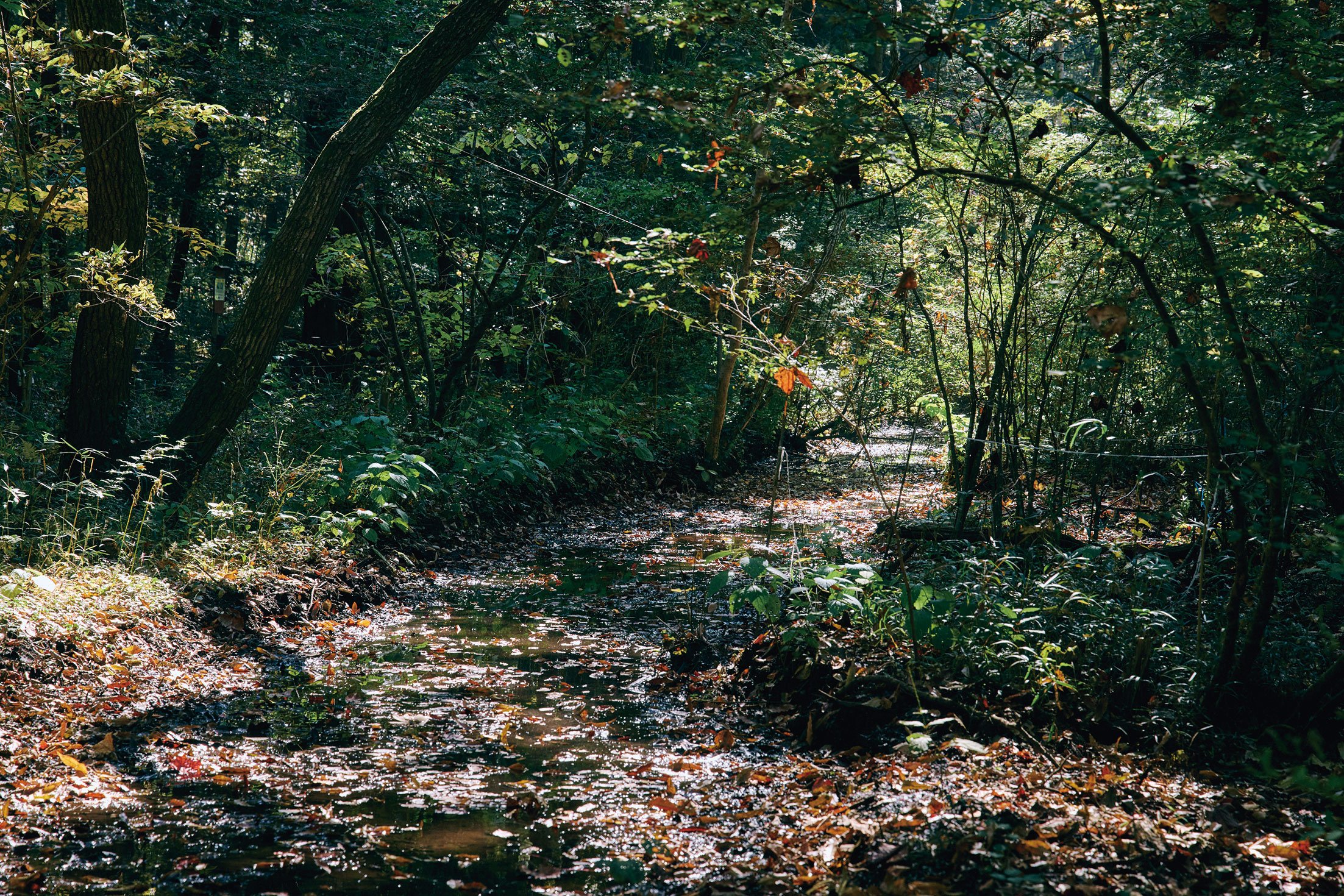
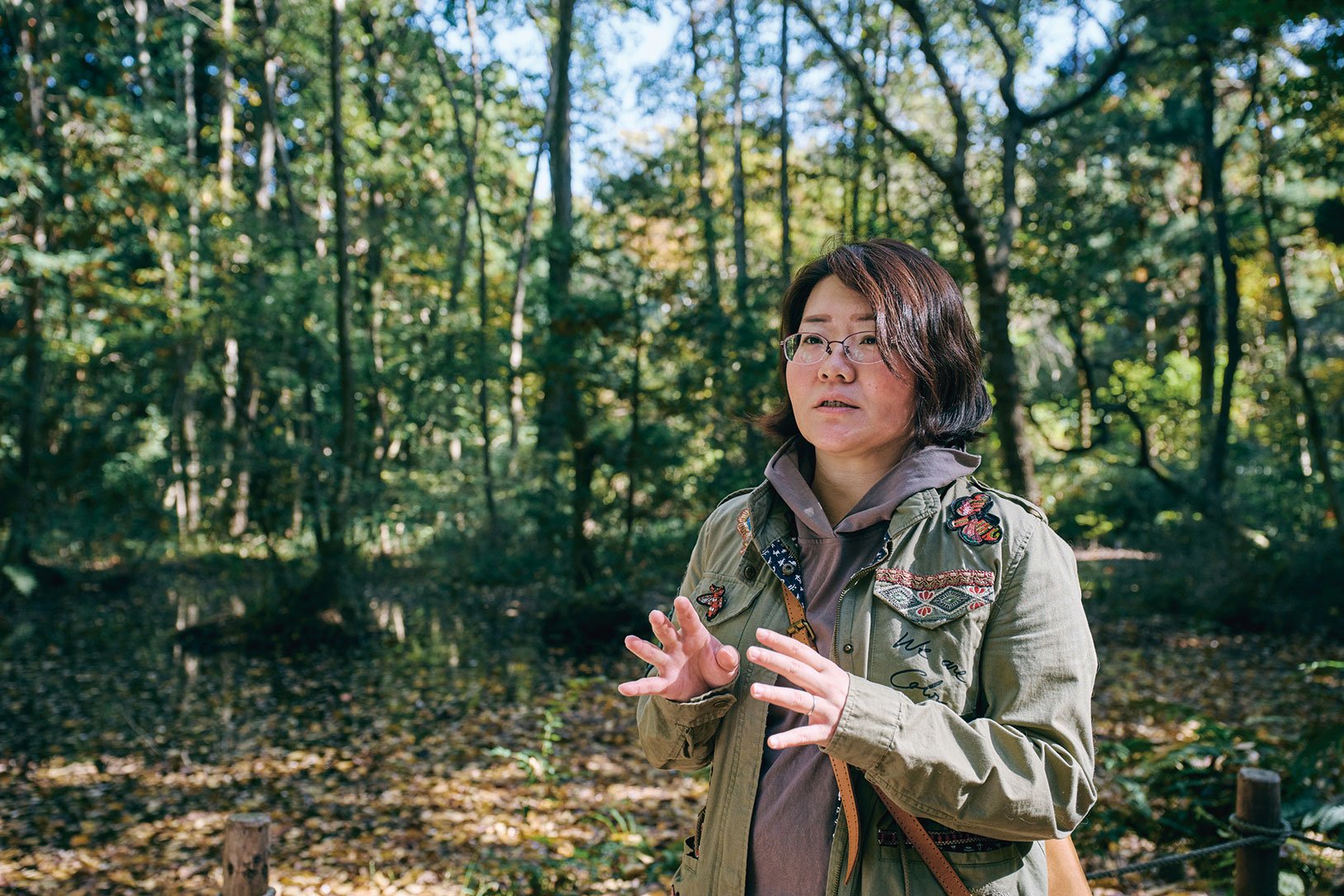
FUKUNAGA Mayumi
Associate Professor
Department of Sociocultural Environmental Studies
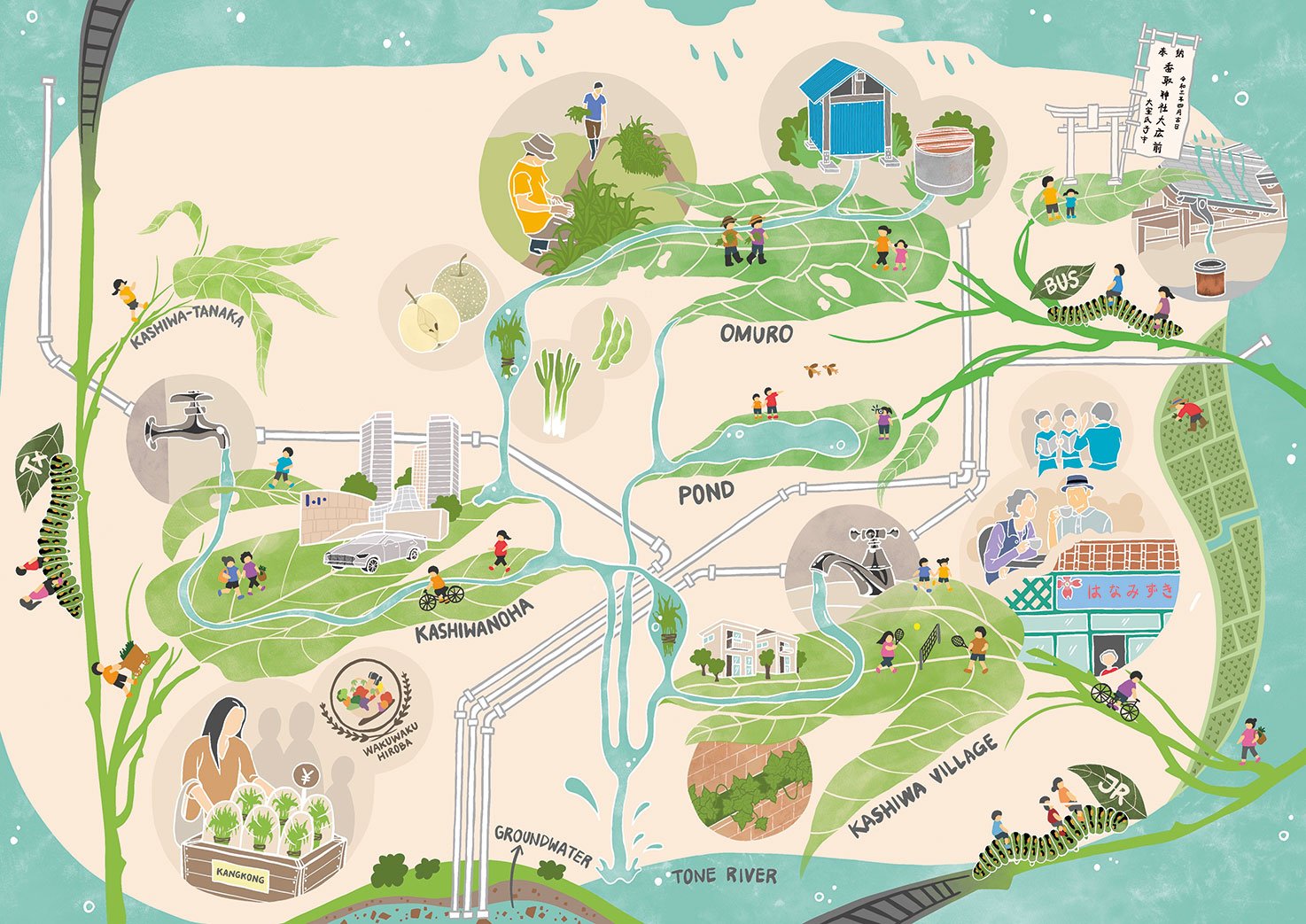
Water Circulation Map of the Kashiwa area Leaves are water spinach produced by farmers in Kashiwa.
COLUMN
Urban Watershed Design Studio
The Urban Watershed Design Studio program was established in 2018. It is the newest program of the Integrated Environmental Design Program, which began within the Division of Environmental Studies of the GSFS in 2007. From the viewpoint of watersheds, including all areas, as well as the river mouth areas, shores, and catchment basins, they try to comprehensively understand the human–society–nature system, incorporating social and natural sciences perspectives. They investigate the geology, landforms, and water systems, which are the fabric of local society. They trace the history of land use and try to decipher interactions between humans and nature, even from a historical context. They had been conducting fieldwork in Kamakura City until the COVID-19 pandemic outbroke. After a suspension, they resumed fieldwork in Kashiwa City, the home base of the GSFS.
Conclusion:
Water and society are closely related at all times. Comprehensively well-balanced procedures are necessary to deal with water rather than the separate approaches of subdivided academia and government, particularly in this advanced and complicated modern society. In academia, the GSFS strives to contribute to research and application for the practical use of research outcomes, taking advantage of the “transdisciplinary approaches” of the schools.
vol.41
- Cover
- REDEFINE THE VALUE OF WATER FOR BETTER SOCIAL SYSTEMS
- Realizing Advanced Nuclear Fusion and Creating Antimatter Plasma: Learning From Natural Phenomena
- Clarifying the Biological Significance of Susceptibility Variants for Common Diseases
- Formulating Visually Perceived Environments: Impressions of Interior and Light Environment
- GSFS FRONTRUNNERS: Interview with an entrepreneur
- Voices from International Students
- ON CAMPUS x OFF CAMPUS
- EVENT & TOPICS
- INFORMATION
- Relay Essay
